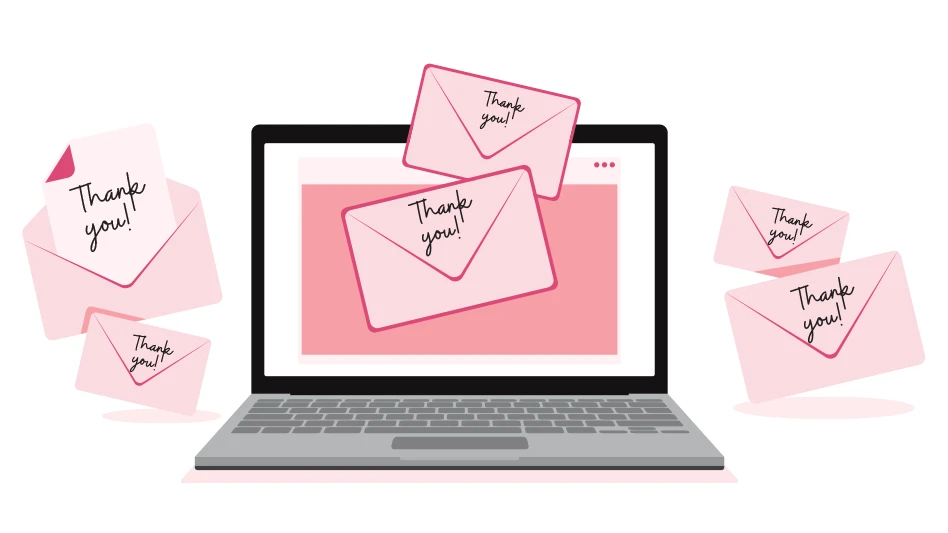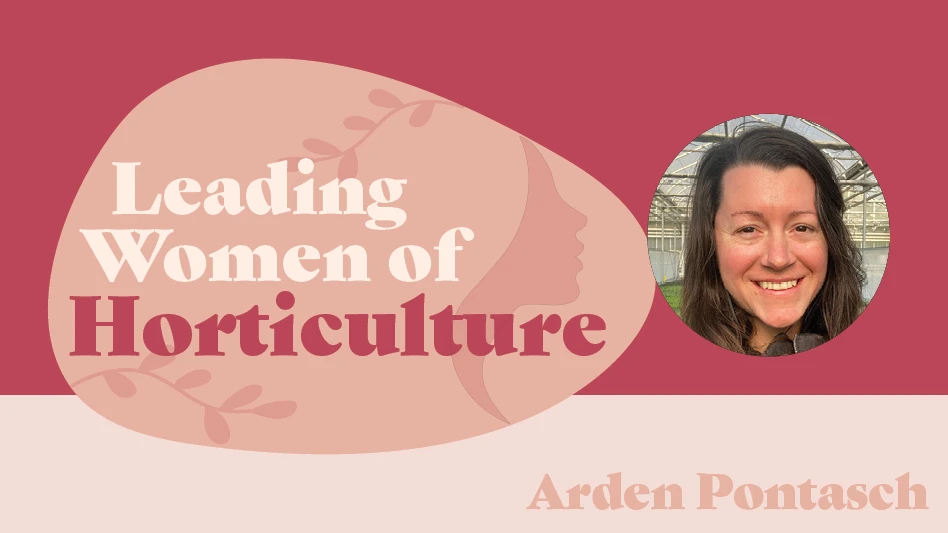

It’s 2020 and we have self-driving cars and talking refrigerators. Quick, what’s the No. 1 source of plant information for garden shoppers?
A) Devices in their pockets that allow them to instantly access more data than all the world’s libraries combined.
B) The employee with 20 years’ experience standing 10 feet away.
C) A little piece of plastic stuck in the pot.
If you answered C, you are absolutely correct. A fall 2019 survey of garden shoppers conducted by industry-funded Home Garden Panel (HGP) showed that despite all the technology available, nothing tops shoppers’ desire for a quality tag.
Labels and tags far outpace all other sources — mobile phones and store employees included — and it doesn’t matter what type of store (independent or big box) or the age of the shopper. Consumers primarily look to tags for information and they keep them for later reference.
Yes, the gardener’s drawer full of plant tags is still alive and well in America.
By the numbers
HGP surveyed more than 500 shoppers in garden retail locations across the country. Ninety percent of plant shoppers reference tags while shopping, and six in 10 shoppers say tags influence their buying decisions. Seven in 10 say tags are their preferred source of information, compared to less than one in five who say they prefer their phones or store employees.
Yes, people aged 18-40 use phones at a slightly higher rate, but not much.
Tags have staying power. Three-quarters of all shoppers keep tags for future reference. Most store them in a drawer or container in the home. Oddly, older shoppers are more likely to place the tags in the soil beside the plant. My theory (just a theory) is this is because old people can never remember what drawer they put the tags in.
I could be wrong.
Additonally, 44% of shoppers said they refer to these tags once or twice a season, while 42% refer to them every few weeks. And one in 10 poor lost souls claim they reference their tags once a week or more.
Given that they’re keeping these tags for future reference, it’s not surprising that shoppers vastly prefer removable tags to adhesive tags stuck to the sides of pots.
What information are they looking for on the tag? Of course, retail price. Ninety-five percent of shoppers think having the price on the tag is important.
Yes, pre-pricing tags for retail customers is tricky at best. But by providing this service, it might be a way to differentiate yourself from the competition.
For plant-growing tips, gardeners most often seek information on:
- Light requirements (sun/shade)
- What type of plant is it (shrub, annual, perennial, etc.)
- Watering instructions
- Plant name
Some shoppers did indicate they desired information on blooming season, plant height/width, special attributes (attracts hummingbirds, etc.), fertilizer requirements, companion plants, cold hardiness and spacing, but far less than the bulleted points above.
What does this mean?
If your tags are an afterthought, you’re making a mistake. They’re a vital part of the total package you’re trying to sell. A high-quality tag is going to help sell-through rates at retail, leading to faster re-orders. And in the end, quality tags are going to help the consumer succeed with the plants they buy.
And ultimately, isn’t that what we’re trying to do here?
Get curated news on YOUR industry.
Enter your email to receive our newsletters.
Explore the July 2020 Issue
Check out more from this issue and find your next story to read.
Latest from Nursery Management
- Trends: Proven Winners 2025 perennial survey shows strong demand
- Online registration opens for the 2025 Farwest Show
- Sustainabloom launches Wholesale Nickel Program to support floriculture sustainability
- Plant breeding as an art
- Society of American Florists accepting entries for 2025 Marketer of the Year Contest
- American Horticultural Society welcomes five new board members
- Get to know Christopher Brown Jr. of Lancaster Farms
- American Floral Endowment establishes Demaree Family Floriculture Advancement Fund






